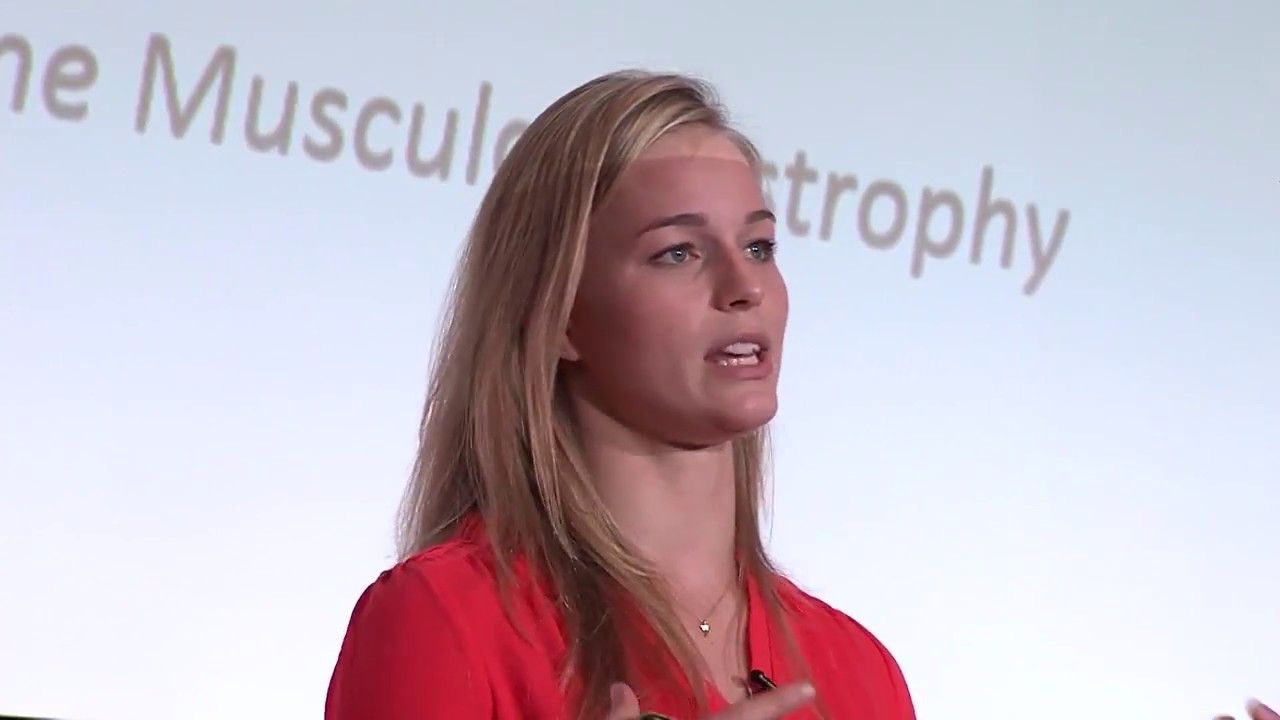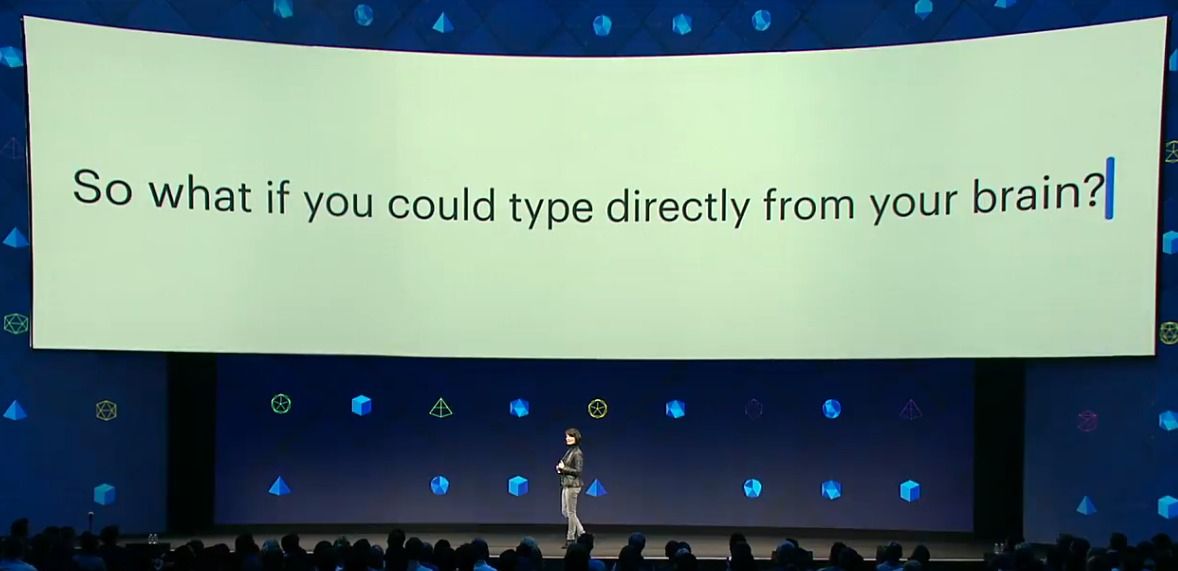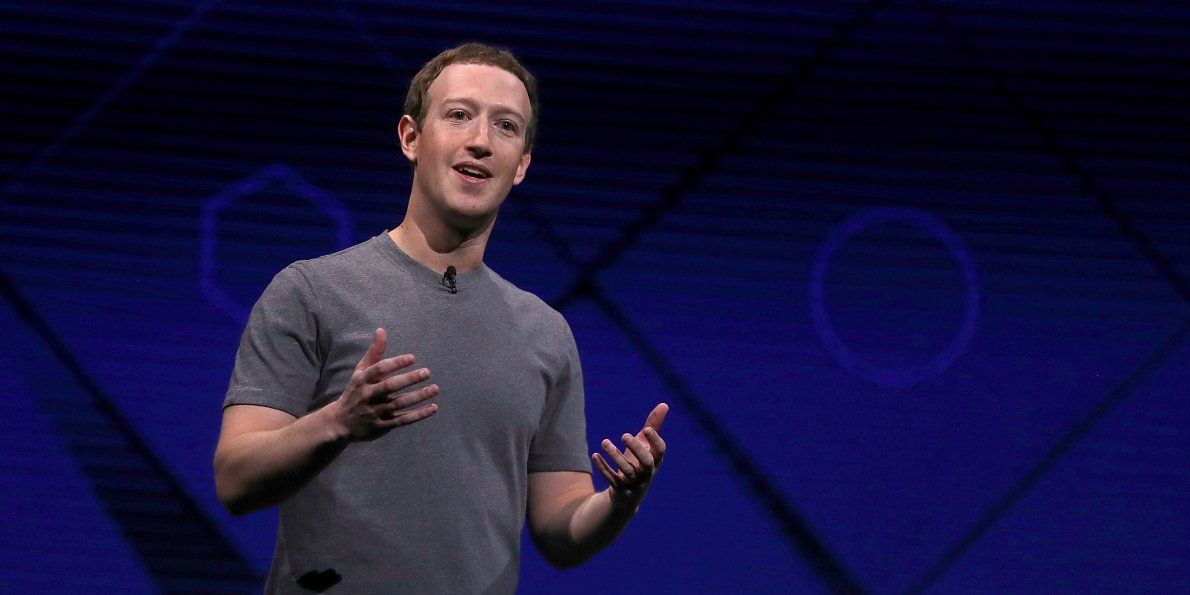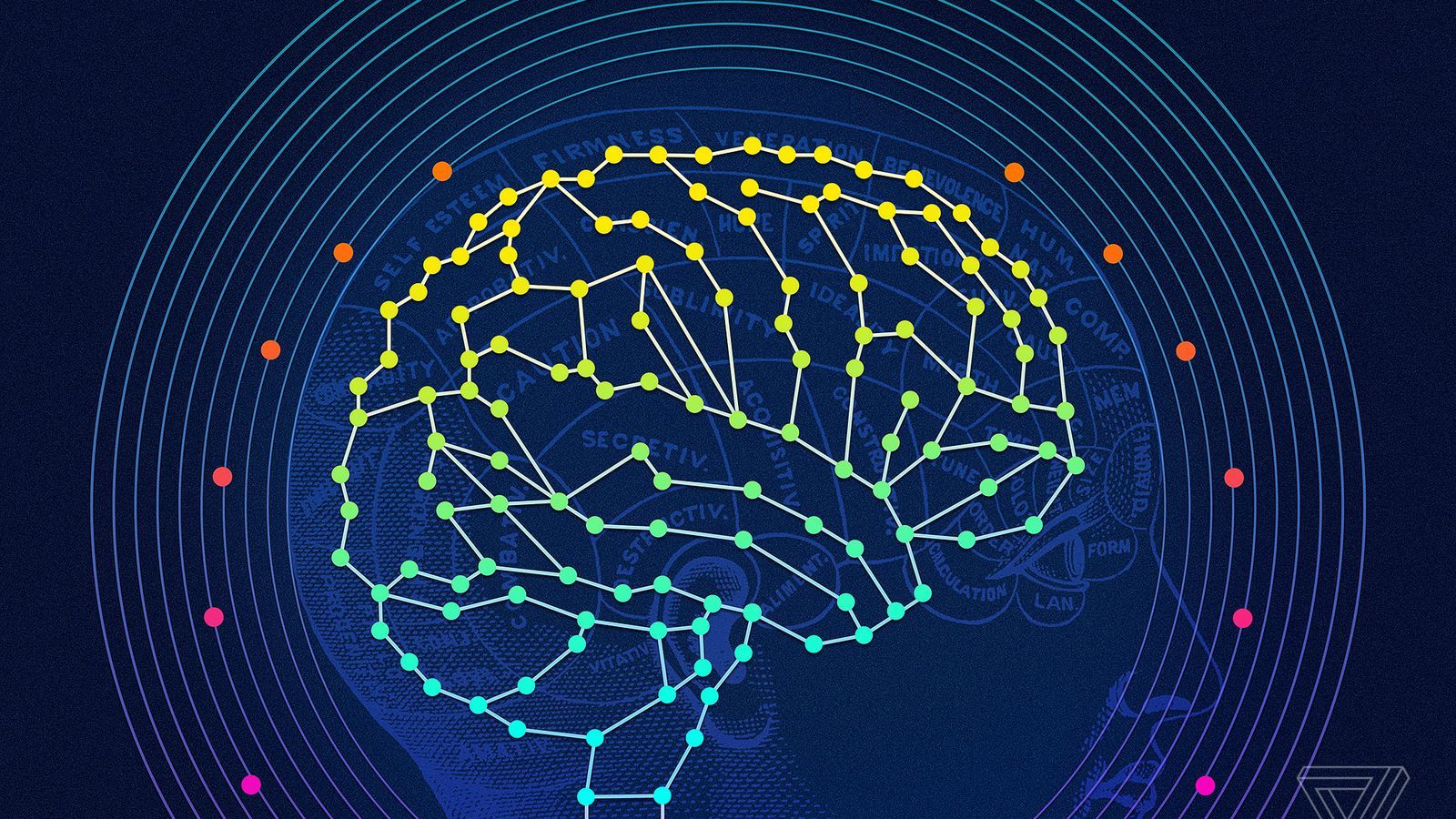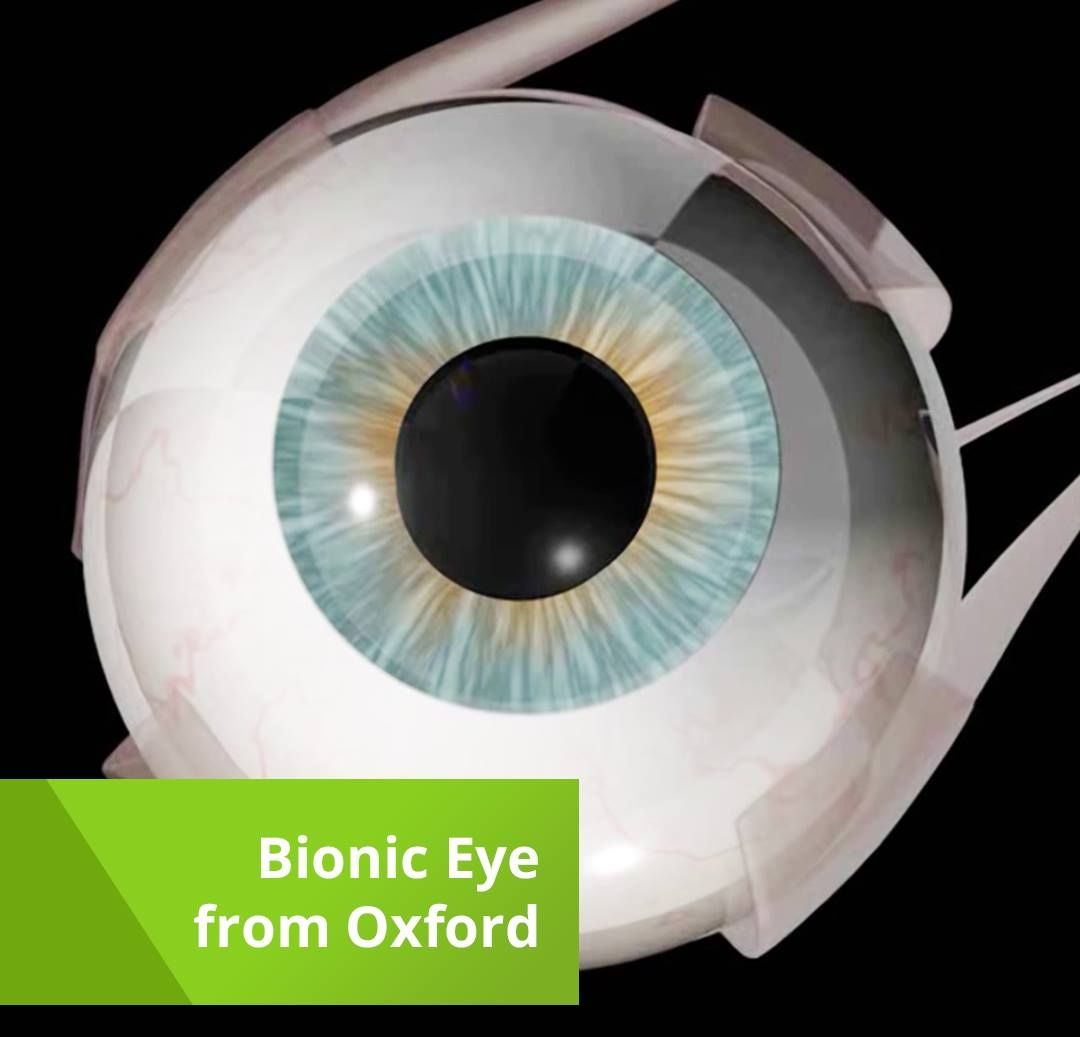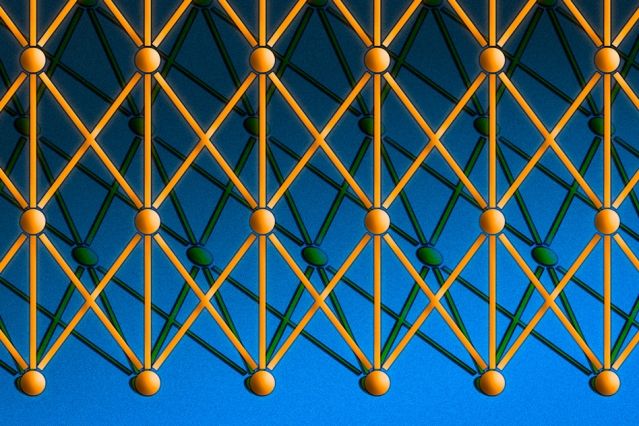Primarily talking about CRISPR.
Daisy Robinton explores bioengineering and its potential to end ageing.
“The use of gene-editing technology paired with the dropping cost of genome sequencing and analysis is greatly facilitating our ability to understand the functional and mechanistic impact of those genetic mutations on diseases caused by mutations in DNA sequence,” she says.
ABOUT WIRED HEALTH 2017
Hundreds of healthcare, pharmaceutical and technology influencers and leaders met at the fifth annual WIRED Health event at 30 Euston Square, London on March 9. Discover some of the fascinating insights from the esteemed speakers here: http://wired.uk/O6xMxJ
ABOUT WIRED EVENTS
WIRED events shine a spotlight on the innovators, inventors and entrepreneurs who are changing our world for the better. Explore this channel for videos showing on-stage talks, behind-the-scenes action, exclusive interviews and performances from our roster of events. Join us as we uncover the most relevant, up-and-coming trends and meet the people building the future.
ABOUT WIRED
WIRED brings you the future as it happens — the people, the trends, the big ideas that will change our lives. An award-winning printed monthly and online publication. WIRED is an agenda-setting magazine offering brain food on a wide range of topics, from science, technology and business to pop-culture and politics.
CONNECT WITH WIRED
Web: http://po.st/WiredVideo
Twitter: http://po.st/TwitterWired
Facebook: http://po.st/FacebookWired
Google+: http://po.st/GoogleWired
Instagram: http://po.st/InstagramWired
Magazine: http://po.st/MagazineWired
Newsletter: http://po.st/NewslettersWired
————————–
——–
Facebook: https://www.facebook.com/agingreversed
Tumblr: http://agingreversed.tumblr.com
Twitter: https://twitter.com/Aging_Reversed
